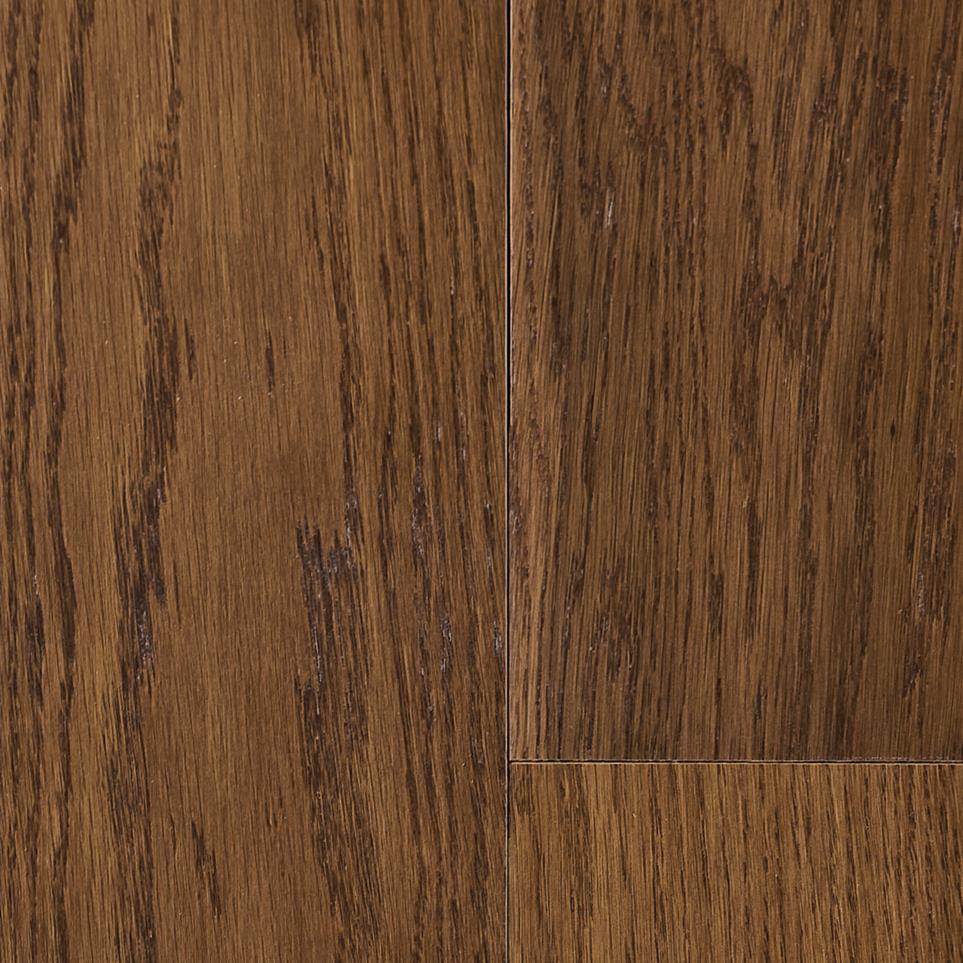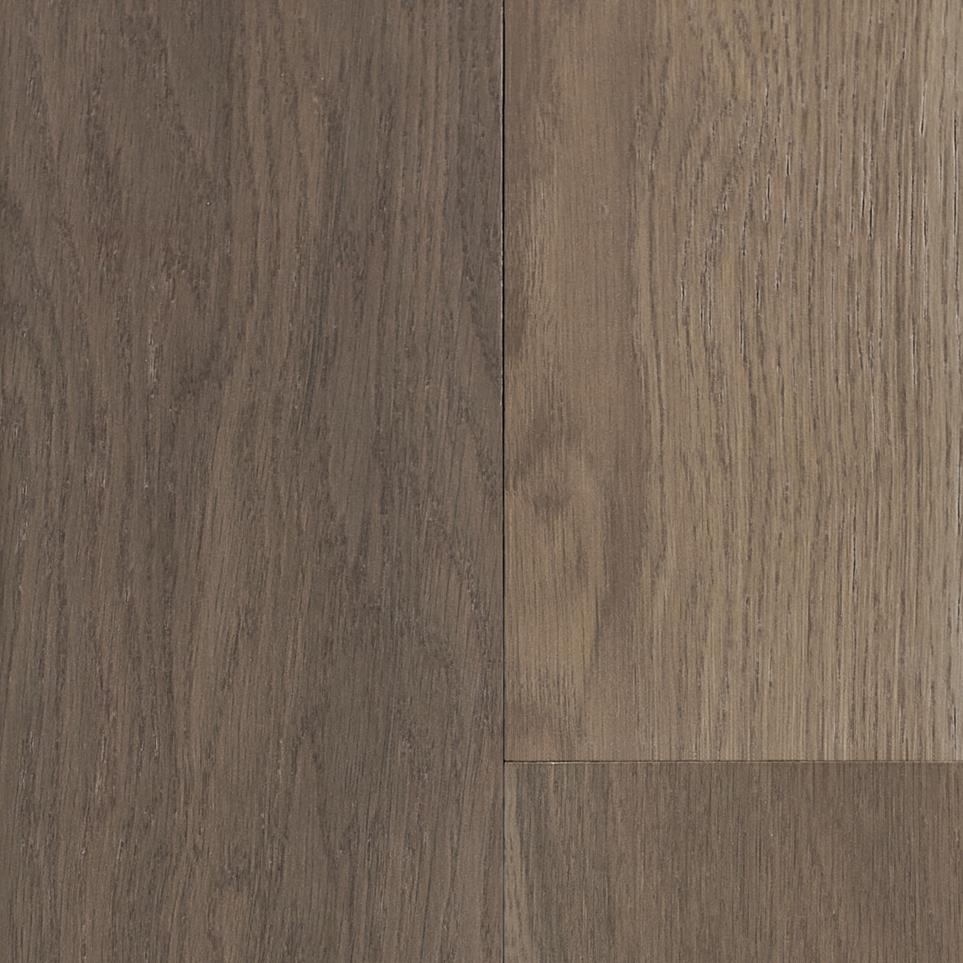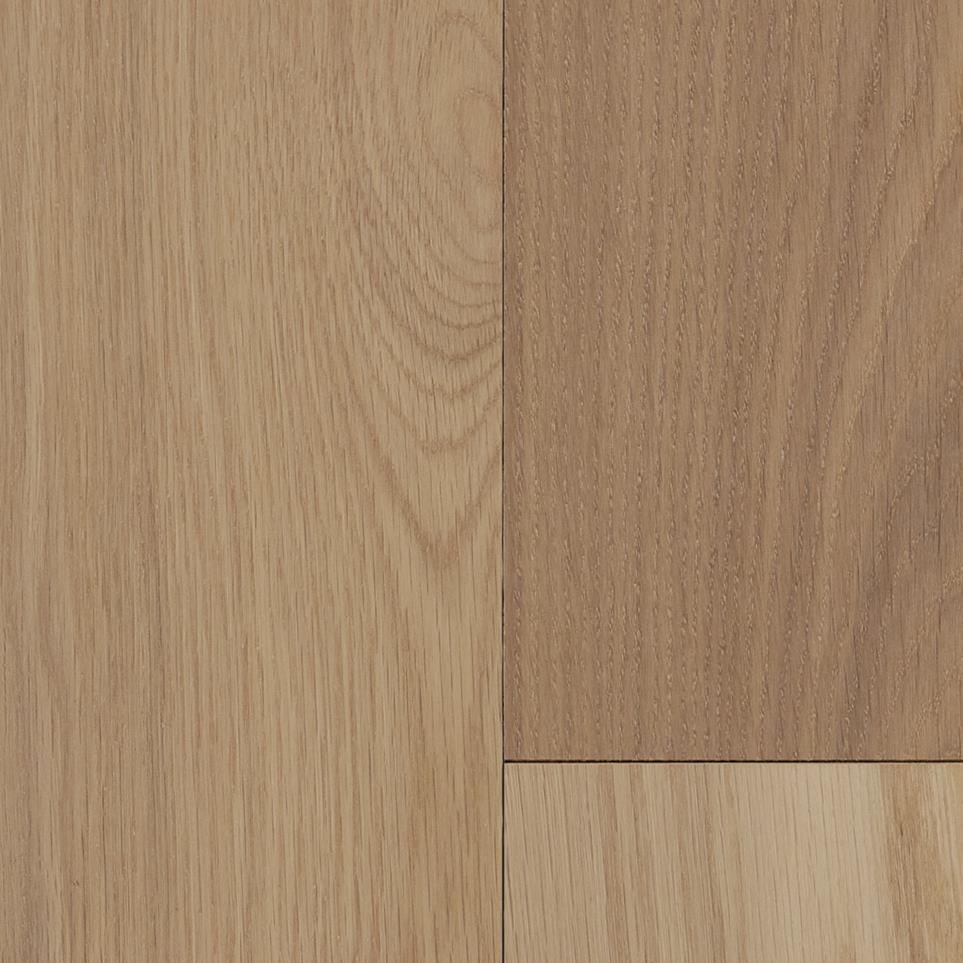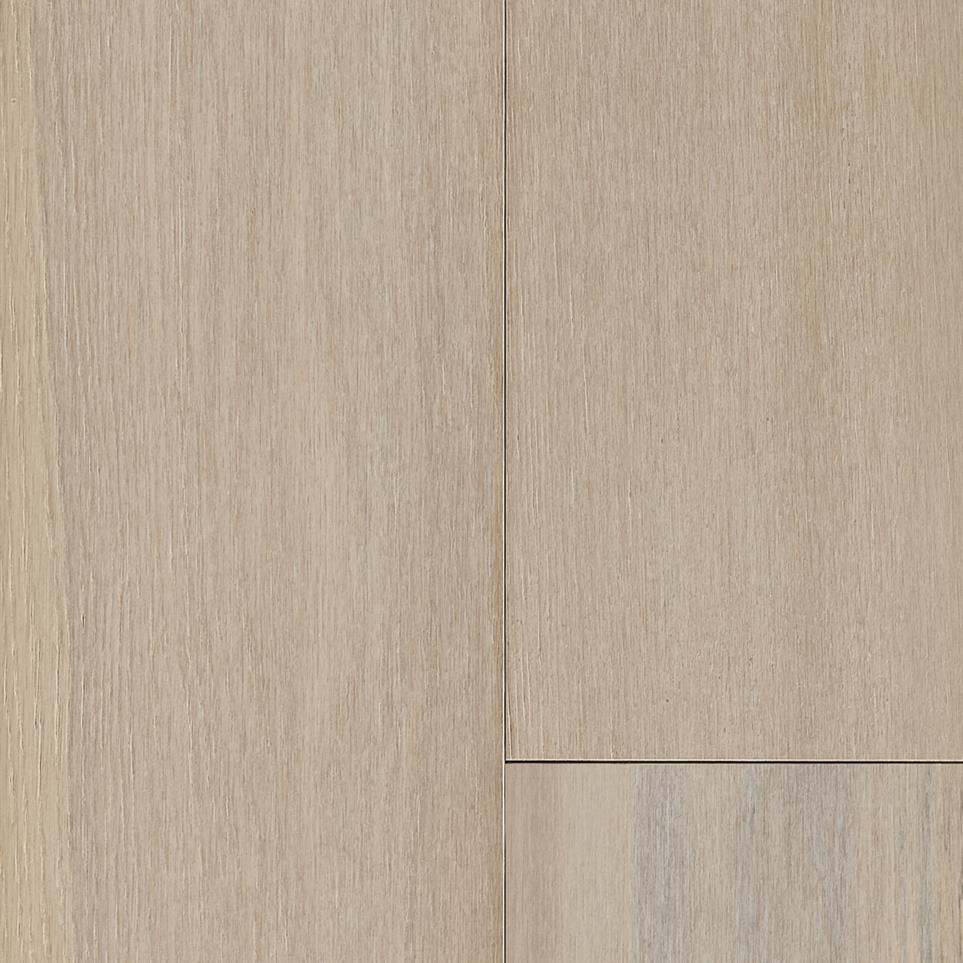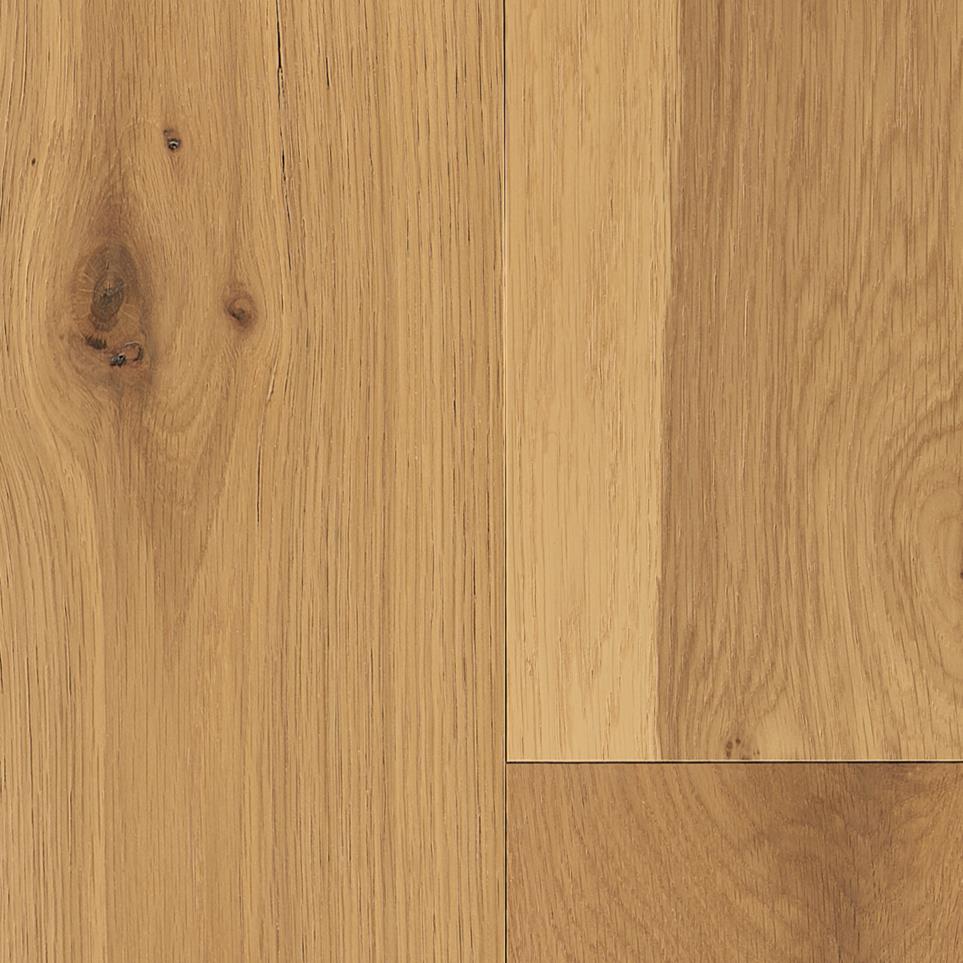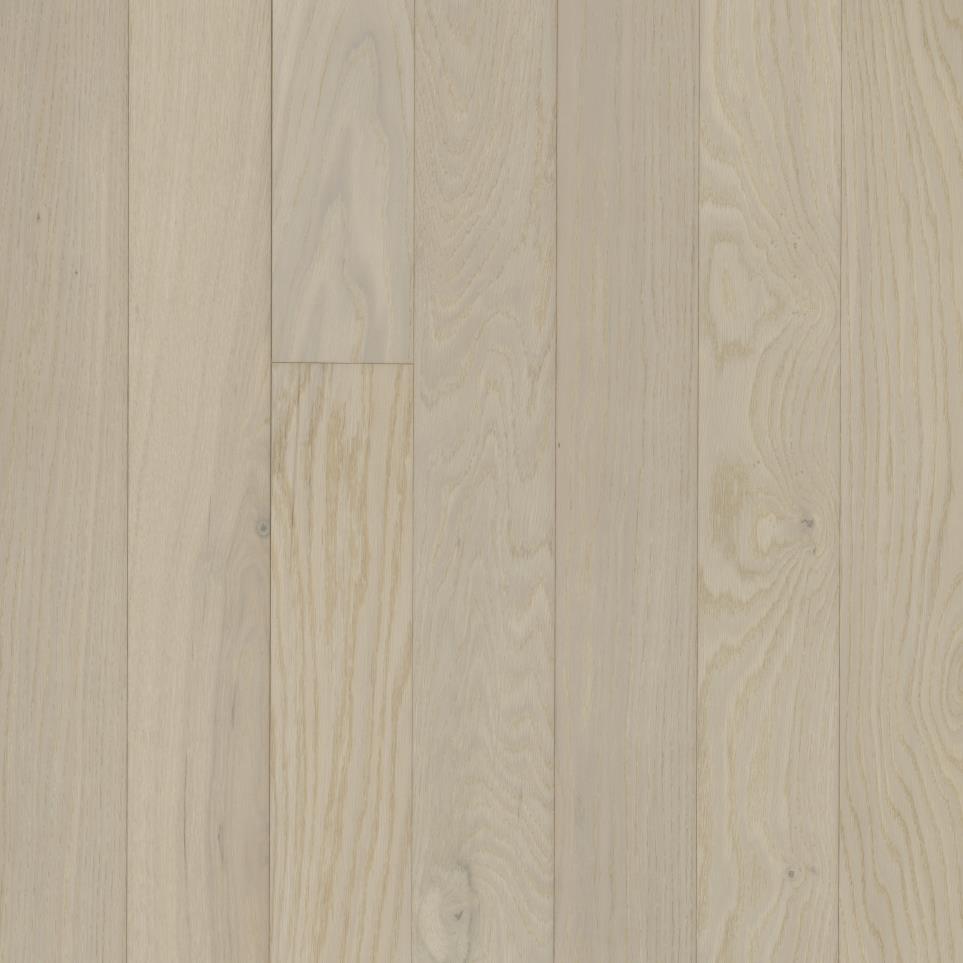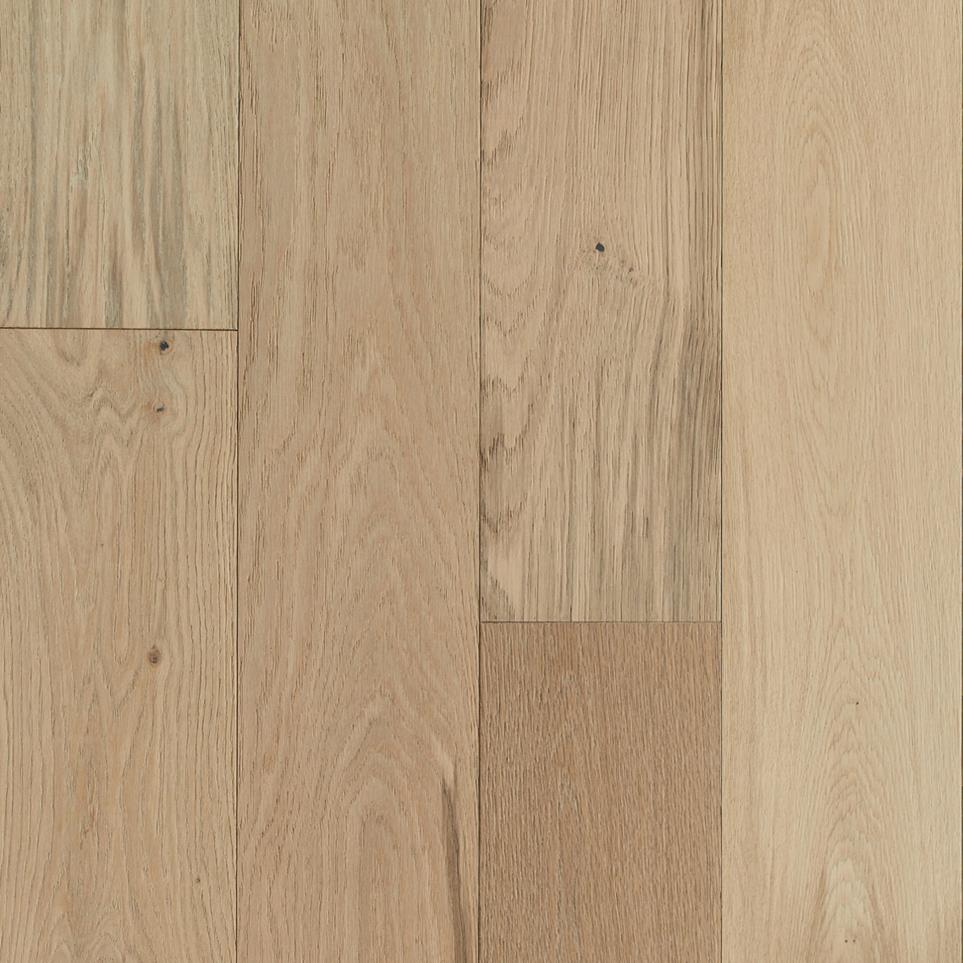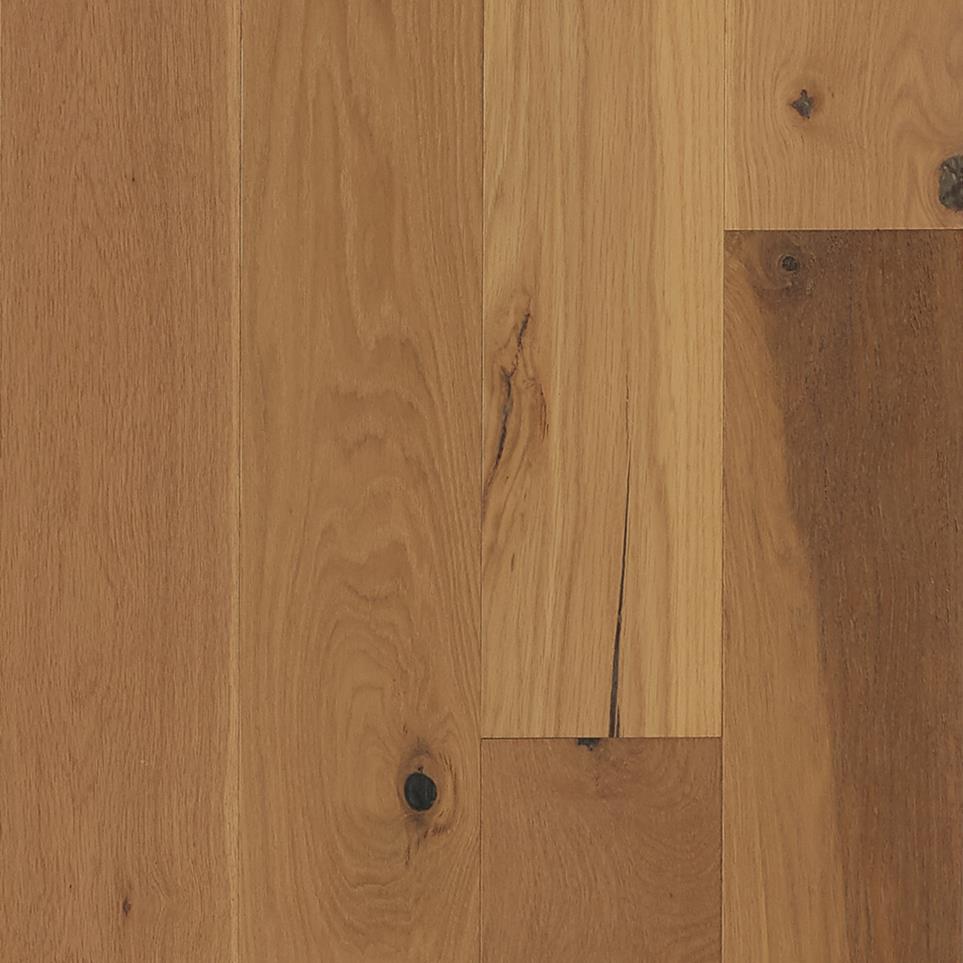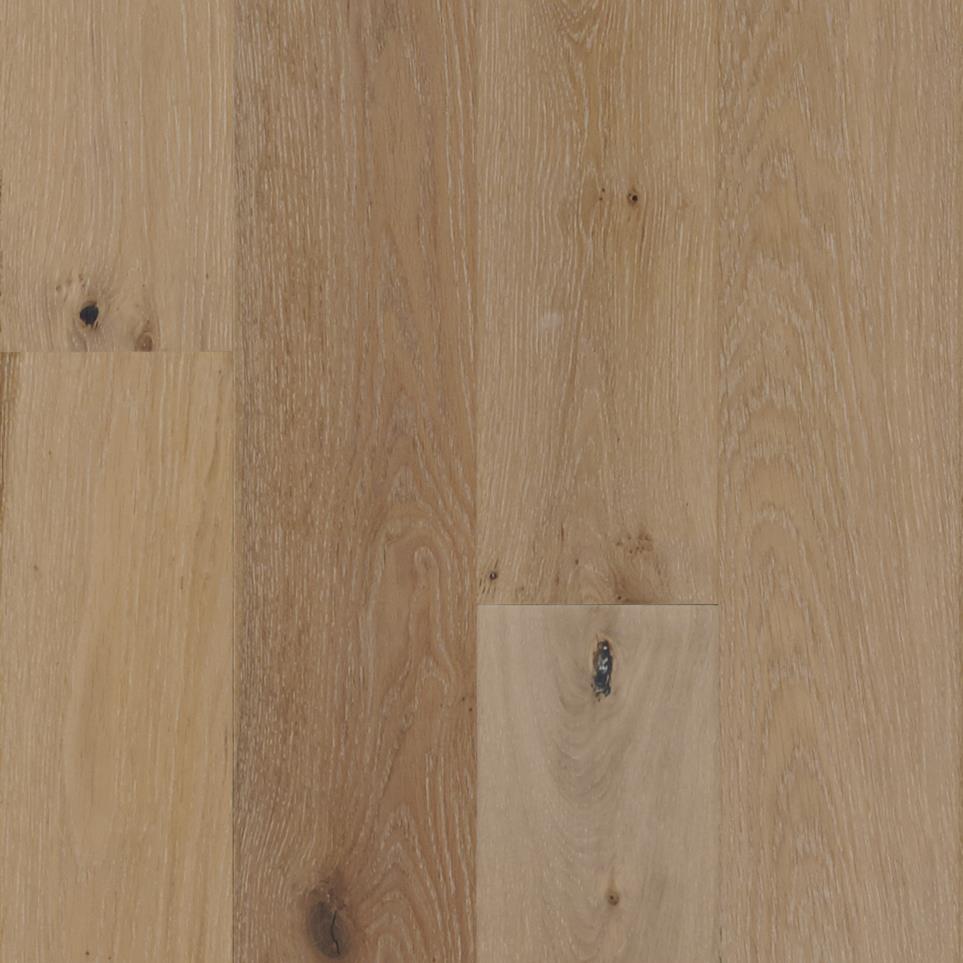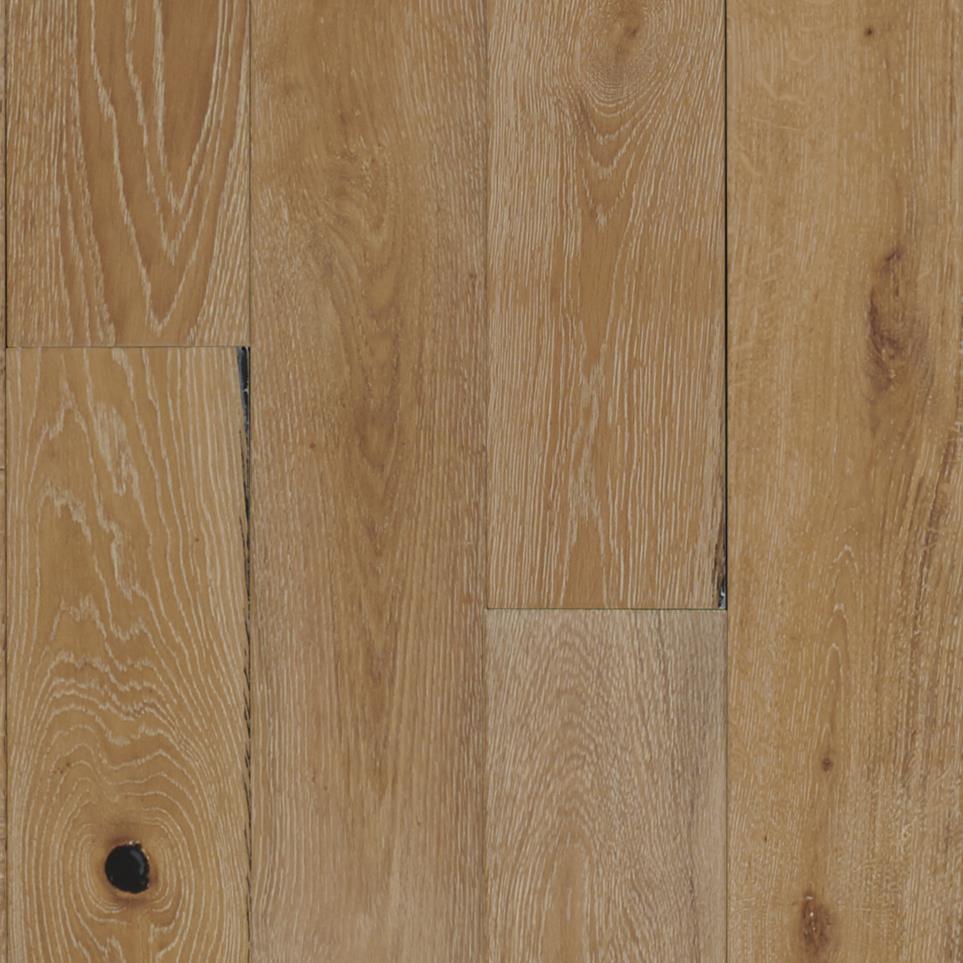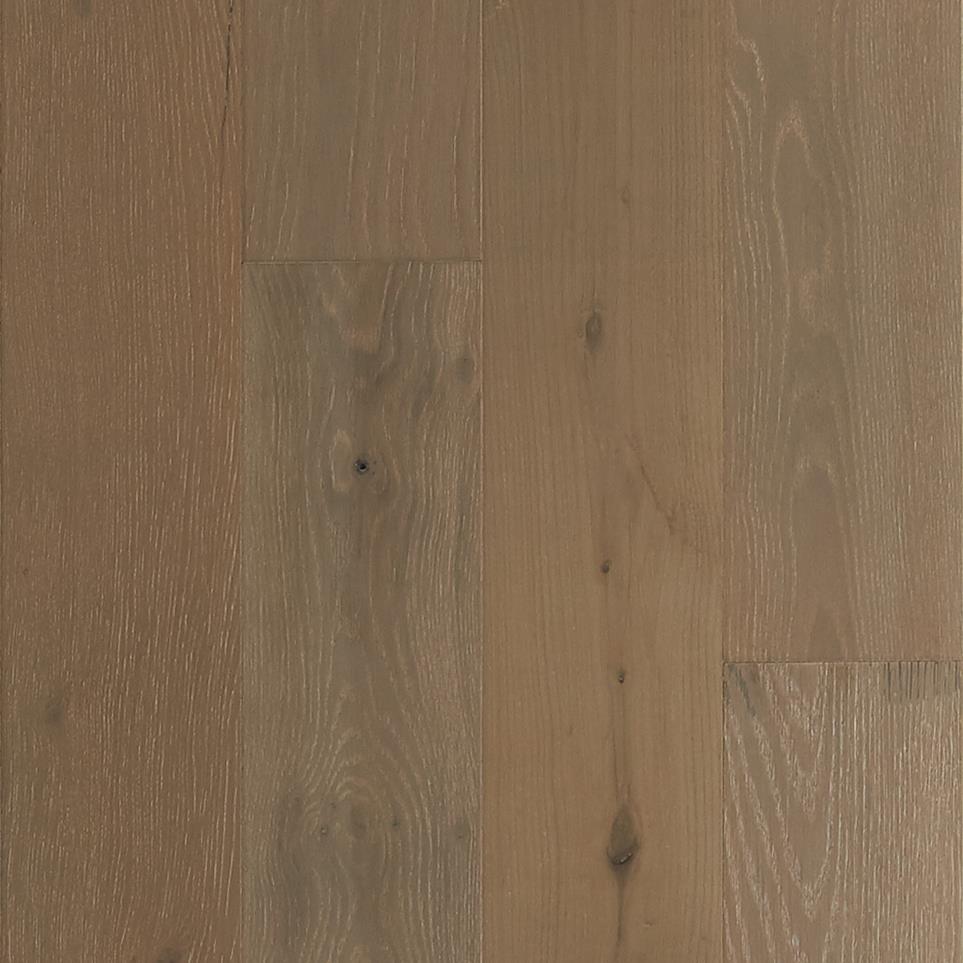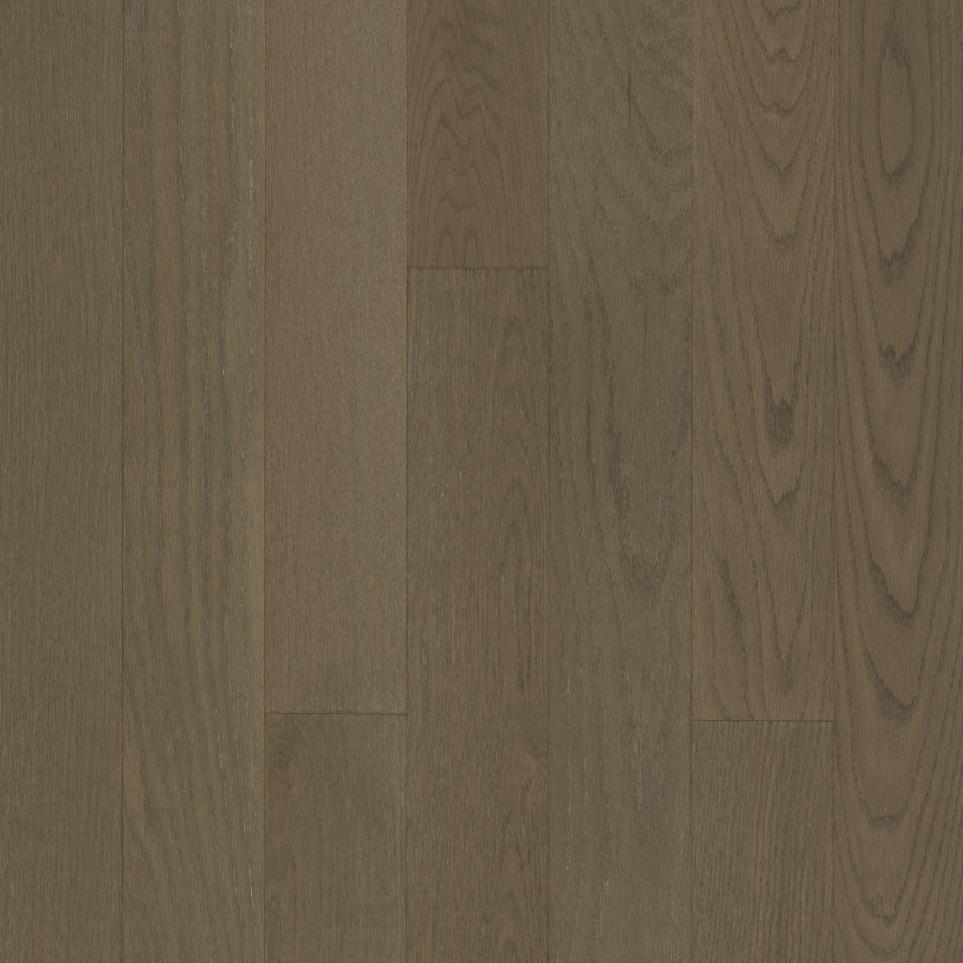White oak has gray, brown, and occasionally yellow undertones that look stunning in contemporary homes. It's nonporous, meaning it's more water resistant but tougher to stain.
Do you have friends or relatives who've recently remodeled and upgraded their flooring to a wood-look option? Odds are high that many selected gorgeous new white oak flooring!
Oak is the most popular species used for hardwood floors in the country for several reasons, including its resilience, longevity, and versatility. Whether your interior design has always leaned contemporary or you're transitioning your style to mid-century modern or something else entirely, white oak floors may be the perfect look to pull it all together.
While white oak and red oak are sibling species with light brown appearances, they also have differences that are worth noting when it comes to flooring.
As with everything, there are pros and cons that come with choosing white oak flooring. Understanding these upfront can help you make the best choice for you and your family's needs.
Some of the advantages you can enjoy if you opt for white oak hardwood flooring include:
The drawbacks are few when it comes to white oak flooring, plus they're true of any hardwood floor:
White oak wood flooring is misleading if you base your expectations on its name alone. It's not necessarily white wood flooring. The natural hue of oak wood flooring is a beautiful neutral light brown, though you can get a whitewashed look (or a variety of other looks, for that matter) with custom-blended stains and finishes.
A few other factors can impact the appearance of your white oak flooring as well, including:
Have you noticed the wide plank white oak flooring modernizing today's homes in movies and magazines? Wider planks mean fewer seams after installation, which can give the sense of a longer, more open room, especially with oak's linear grain patterns. To take advantage of this, shop for white oak planks measuring more than 5 inches across—for context, standard width for plank flooring falls between 2.5 and 5 inches.
Your home has a few constants: dirty paw prints in the entryway, toys on the playroom floor, and at least one new spill each week. Will your new white wood flooring be able to handle the madness? Lucky for you, the answer is yes! White oak is one of the most durable hardwoods available. Plus, it's a wood with closed grain, which means it's not waterproof but it can easily withstand the moisture from an occasional spill.
Installing new white oak hardwood flooring is an exciting step, and you want to retain its sparkly newness as long as possible! To do so, make sure to start with routine maintenance right away. This means vacuuming or sweeping at least once a week, or more if needed. The manufacturer's care instructions will provide all the guidance you need, including the best way to clean up inevitable spills and accidents.
Before you sign on the dotted line for this big investment, it's important to know what you're getting for your money. When it comes to white oak flooring, you can generally expect decades of strong, trustworthy flooring that looks gorgeous in your home. The precise number of years, though, will largely depend on key decisions you make along the way.
What decisions, you ask? The following will help you get all you can from your new white oak floors:
Flooring America collects data when you visit our website as described in our Privacy Policy. By continuing to browse, you accept and agree to our enhancing your experience with cookies. Learn more.
